
Tips
It is recommended to have a firm, comfortable surface available and to also avoid excess usage of massage oil. Less oil will mean will mean more friction and deeper pressure, which is beneficial. In addition to this, it is advised to employ slow movements and to support or reinforce the fingers or thumbs when applying pressure - this should be done with the opposite hand.
Effleurage
The first technique we will look at is known as Effleurage. This can be done with the whole hand, the heel of the hand, the fingers or even the forearms. When using the whole hand, it is important to use the entire surface of both hands; use firm movements to stroke upwards to the neck, then move slowly downwards to the lower back using gentle pressure. This should take 5 to 10 minutes.
While using the heel of the hand, the smaller contact area will mean increased pressure. Start at the lower back, using both hands and a circular motion. With the same motion, move upwards and outwards. Gradually return to the centre and then move to the upper back. Allow 5 minutes for this technique.
As with the previous technique, using the (reinforced) fingers means a small area of contact. Stand to the right of the area on which you intend to focus, put one hand on the other and use the flats of the hands to push away from the centre line and then back. Begin at the lower back and move upwards, allowing for 5 minutes.
Effleurage can also see the usage of the forearms. Begin this technique by applying firm downward pressure and moving the arm closest to the head up to just below the shoulder blade. Taking into account some possible lower back pain, repeat this technique for 6 strokes.
Other Techniques
Stripping uses deep continuous pressure. Apply the pressure, using the reinforced thumb, to the full length of the muscles on either side of the spine. Lessen the pressure as you approach the neck. Move slowly from the lower back upwards, while checking for sensitive ares and knots. Apply this technique three times on each side, alternating it with Effleurage.
The Friction technique employs firm deep movements, applied to both sides of the spine. Again, begin at the lower back and move upwards. Five frictions per spot are advised; more may be necessary in case of a sore spot.
Another method focuses on specific sore areas pointed out in advance by the patient. First of all, place your thumb on a particular sore area. Then, gradually increase the pressure until pain reaches a level of 6 or 7 on a scale of 1 to 10, as agreed in advance with the patient. Maintain pressure until the pain reduces to a level of approximately 4. Continue the process as necessary. This method is known as Trigger Point Release and helps to alleviate muscle and back pain.



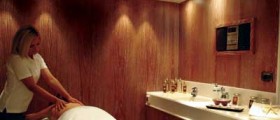


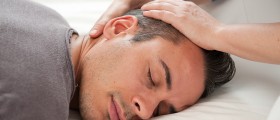
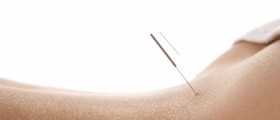
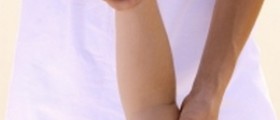

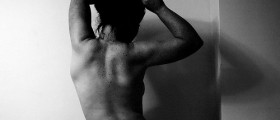
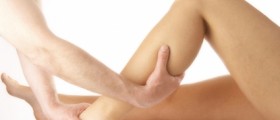


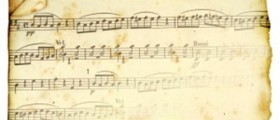

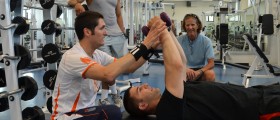
Your thoughts on this
Loading...